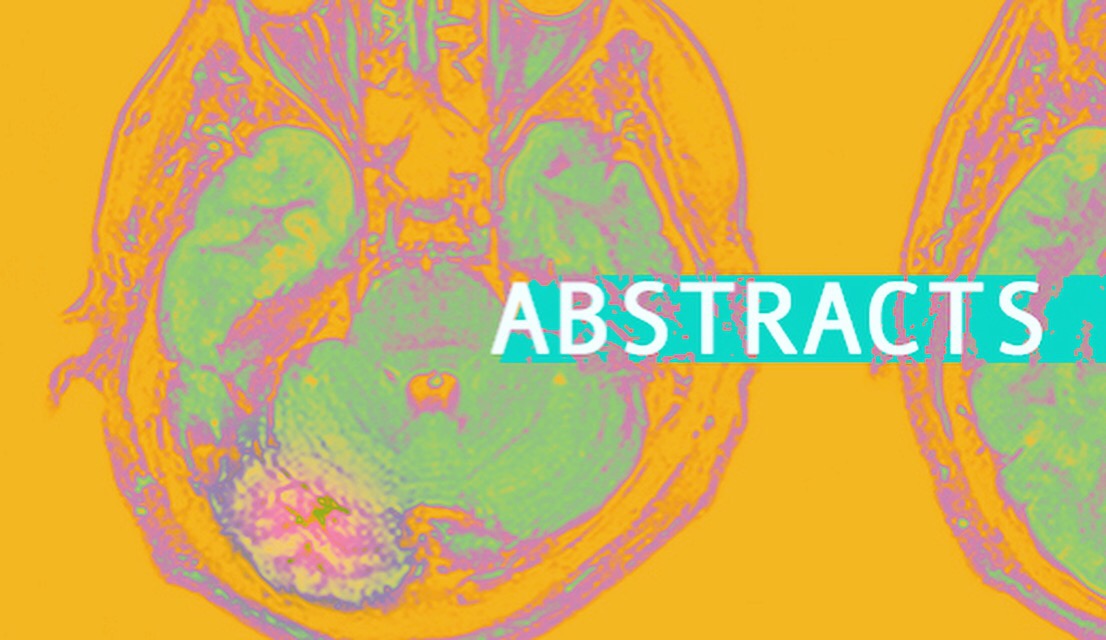Bilateral Deep Brain Stimulation of the Nucleus Basalis of Meynert for Parkinson Disease DementiaA Randomized Clinical Trial
Question Is deep brain stimulation of the nucleus basalis of Meynert safe in patients with Parkinson disease dementia, and which symptoms does it improve?
Findings In this randomized, double-blind clinical trial of 6 patients, deep brain stimulation of the nucleus basalis of Meynert was found to be safe and well tolerated. Stimulation did not improve cognitive symptoms but may improve visual hallucinations.
Meaning In patients with Parkinson disease dementia, deep brain stimulation of the nucleus basalis of Meynert can be safely performed, and its effects on troublesome neuropsychiatric symptoms require further exploration.
Importance Deep brain stimulation of the nucleus basalis of Meynert (NBM DBS) has been proposed as a treatment option for Parkinson disease dementia.
Objective To evaluate the safety and potential symptomatic effects of NBM DBS in patients with Parkinson disease dementia.
Design, Setting, and Participants A randomized, double-blind, crossover clinical trial evaluated the results of 6 patients with Parkinson disease dementia who were treated with NBM DBS at a neurosurgical referral center in the United Kingdom from October 26, 2012, to July 31, 2015. Eligible patients met the diagnostic criteria for Parkinson disease dementia, had motor fluctuations, were appropriate surgical candidates aside from the coexistence of dementia, were age 35 to 80 years, were able to give informed consent, had a Mini-Mental State Examination score of 21 to 26, had minimal atrophy seen on results of brain magnetic resonance imaging, and lived at home with a caregiver-informant.
Interventions After surgery, patients were assigned to receive either active stimulation (bilateral, low-frequency [20 Hz] NBM DBS) or sham stimulation for 6 weeks, followed by the opposite condition for 6 weeks.
Main Outcomes and Measures The primary outcome was the difference in scores on each item of an abbreviated cognitive battery (California Verbal Learning Test-II, Wechsler Adult Intelligence Scale-III digit span, verbal fluency, Posner covert attention test, and simple and choice reaction times) between the 2 conditions. Secondary outcomes were exploratory and included differences in scores on standardized measurements of cognitive, psychiatric, and motor symptoms and resting state functional magnetic resonance imaging.
Results Surgery and stimulation were well tolerated by all 6 patients (all men; mean [SD] age, 65.2 [10.7] years), with no serious adverse events during the trial. No consistent improvements were observed in the primary cognitive outcomes or in results of resting state functional magnetic resonance imaging. An improvement in scores on the Neuropsychiatric Inventory was observed with NBM DBS (8.5 points [range, 4-26 points]) compared with sham stimulation (12 points [range, 8-38 points]; median difference, 5 points; 95% CI, 2.5-8.5 points; P?=?.03) and the preoperative baseline (13 points [range, 5-25 points]; median difference, 2 points; 95% CI, ?8 to 5.5 points; P?=?.69).
Conclusions and Relevance Low-frequency NBM DBS was safely conducted in patients with Parkinson disease dementia; however, no improvements were observed in the primary cognitive outcomes. Further studies may be warranted to explore its potential to improve troublesome neuropsychiatric symptoms.
Trial Registration clinicaltrials.gov Identifier: NCT01701544
-
EditorialDeep Brain Stimulation for Parkinson Disease Dementia


